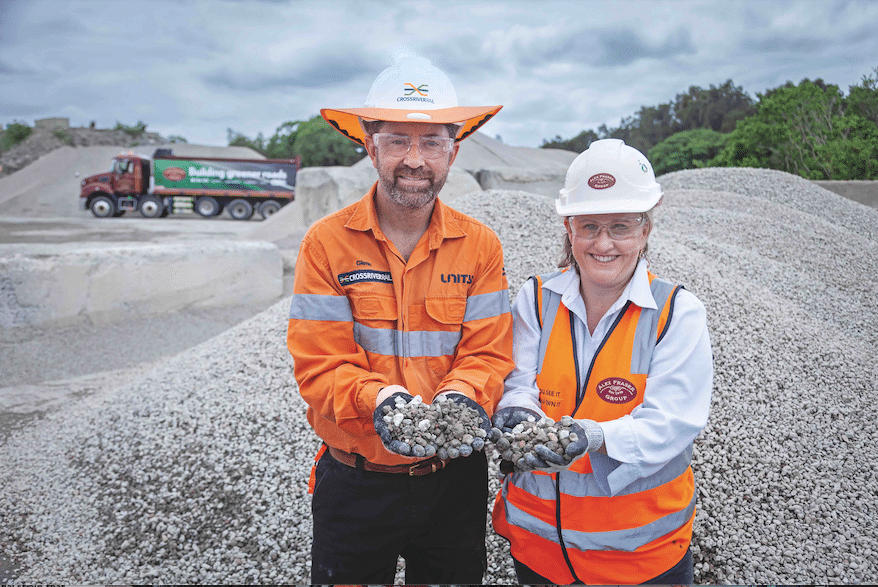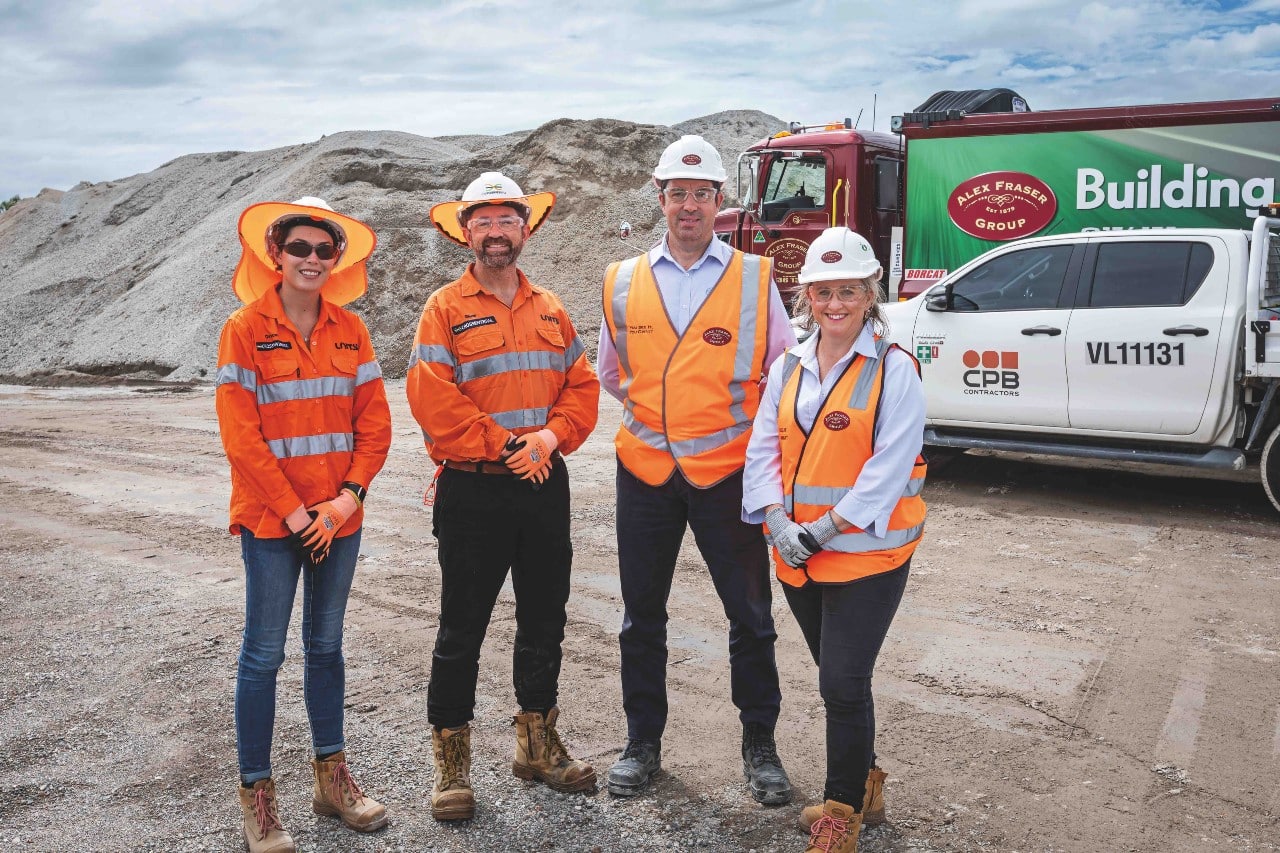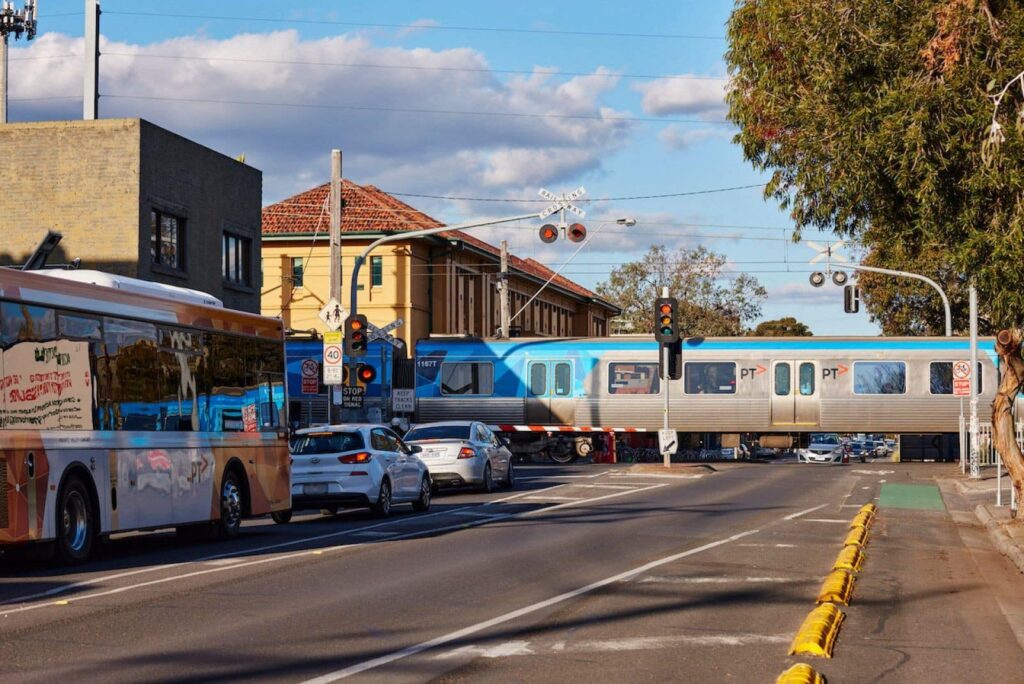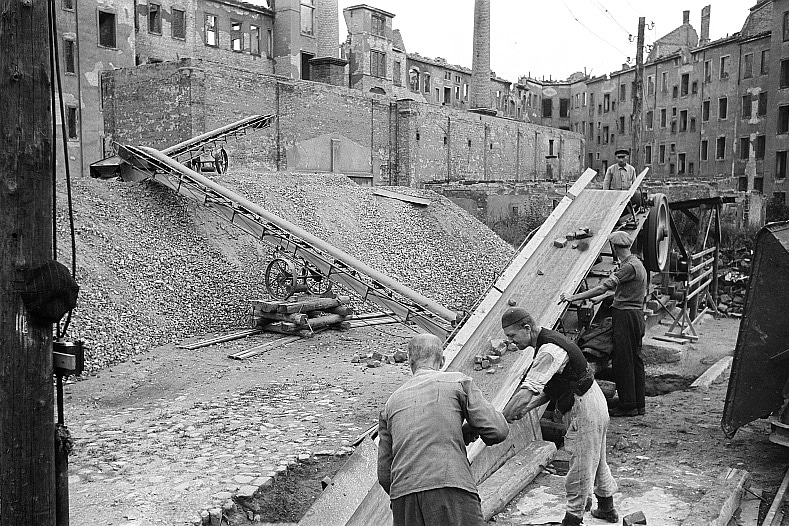Cross River Rail: Fully Circular with Alex Fraser

This post was originally published on this site
Alex Fraser’s supply to the Cross River Rail, one of the largest infrastructure projects in Australia’s history, is setting a new standard and exemplifying the power of recycled materials.
Transportation in and out of Brisbane can come with its challenges.
With limited transport options, as well as exponential population growth forecast for the region, the proposition of catching public transport was set to become even more challenging. Until the State Government stepped in.
After identifying the potential strain that population growth could have on current transport infrastructure, the Queensland Government sought to expand Brisbane’s public transport network. And thus, the Cross River Rail project was born.
Brisbane’s transformational Cross River Rail project will deliver commuters a new 10.2-kilometre rail line featuring 5.9 kilometres of twin tunnels under the Brisbane River and CBD.
The project includes the construction of four new inner city underground stations as well as new facilities at Mayne and Clapham Yards, rebuilds of eight above ground stations at Exhibition (RNA) and the Beenleigh line between Dutton Park and Salisbury, and other corridor widening and upgrade works.
This crossing will enable increased frequency of trains across South-East Queensland by enabling the rail network to increase its capacity to run as many as 24 trains per hour in each direction. Additional services will help to reduce traffic congestion and increase network reliability.

The project will also help to increase the infrastructure capacity of the region in the leadup to the 2032 Brisbane Olympic and Paralympic Games, which are expected to deliver $8.1 billion (per Brisbane City Council) worth of benefits to the region, including an economic boost and social improvements.
The Rail, Integration and Systems (RIS) works package is being delivered by the UNITY Alliance. This Alliance brings together CPB Contractors, UGL, AECOM, Jacobs, Queensland Rail (CPB) and the Cross River Rail Delivery Authority and their sub-alliance partners.
Throughout the early stages of the Cross River Rail project, UNITY’s Sustainability Manager, Glenn Hedges, strived to maximise the inclusion of circular materials in the project works.
Hedges recognised that there was an opportunity to achieve excellent sustainability outcomes on the project by improving the teams’ understanding of the value and quality of recycled construction materials available, and he set himself and the UNITY team an ambitious target.
“There can be some apprehension when considering the use of recycled materials in place of traditional resources, so it was important to demonstrate the quality, reliability, and value of recycled content,” Hedges says.
Progress for greener roads
Alex Fraser is a leading provider of sustainable construction materials, with a network of recycling and production facilities around Brisbane and Melbourne.
To date, the company has recycled more than 50 million tonnes of material and more than 6.4 billion bottles worth of kerbside glass waste. These materials, on top of being diverted from landfill, are manufactured back into high-quality, sustainable products used to build new infrastructure, like roads, bridges, pavements, and ports.

Image: Alex Fraser.
The company supplies sustainable construction materials to major infrastructure projects across Australia, including the Mordialloc Freeway, Sunbury Road Upgrade and Pound Road West Upgrade in Victoria, exemplifying its ability to also collaborate with major contractors and asset owners to achieve sustainable outcomes.
For the Cross River Rail Project, the UNITY Alliance worked with Alex Fraser to develop the composition of a new 20-millimetre aggregate, compliant to Department of Transport and Main Roads (TMR) specifications.
Hedges says the use of these sustainable construction materials was encouraged by the Alliance.
“I’m happy to say we have successfully supported our teams to make this transition to more sustainable product use through trials, toolbox talks and many evidence-based conversations,” he says.
“It’s taken two years or so, but the team at UNITY are now adopting a range of circular construction materials, with most of our teams now using volumes of recycled aggregates.”
Related stories:
Hedges adds that there have been many learnings along the way.
“We have worked in a very collaborative way with Alex Fraser’s sales team who responded positively to our feedback and made changes when required. These circular construction materials have become our go-to supply for a range of applications,” he says.
“It was great to work with Nicole Bates and the sales and production teams at Alex Fraser, who were so open and responsive. They modified a few blends and developed a new recycled product that was ideal for use on the Cross River Rail project and compliant with TMR and QR specifications.
“It was a win for UNITY, because it enabled us to improve our project’s sustainability outcomes through the use of circular products, and a win for Alex Fraser who expanded the reach of their recycled construction materials into Queensland’s major rail projects.”
In addition to the use of recycled aggregates and roadbase, Hedges has successfully introduced the recycled glass sand as a bedding material on the project.
“We’ve undertaken several trials and already used over 2000 tonnes of recycled glass sand in the project, mostly as pipe embedment and a compliant alternative to bedding sand. Our future scope of works will provide us with further opportunities to use recycled glass sand.”
Alex Fraser Sales Manager Nicole Bates recognises Hedges as a driving force behind infrastructure sustainability in south-east Queensland.
“Glenn, as UNITY’s Sustainability Manager, has been instrumental in building the working relationship between Alex Fraser, UNITY Alliance and their subcontractors. His passion for sustainability and his proactive approach to enabling important change, has been instrumental to improving sustainable outcomes on this major project – setting the benchmark for the future works,” she says.
Bates acknowledges that there can be logistical challenges with projects of this magnitude.
“We are supplying to around a dozen delivery points for this project, around the CBD, in high density zones, often with limited and tight access. We have depth within our fleet to ensure we can allocate the right truck to each delivery, whether it’s a 10-wheeler, a tandem, or a truck and dog,” she says.

Alex Fraser Recycling GM, Murray Butterworth, explains that Queensland has a history of utilising recycled materials in its major road projects, with Alex Fraser supplying circular materials to projects like the Bruce Highway, Gateway Upgrade North and the CLEM 7 (M7 Clem Jones Tunnel).
“We have demonstrated the use of these circular materials on a wide range of major rail projects in other cities, so it’s good to see the successful use of recycled materials in a such a large-scale rail project in South-East Queensland,” he says. “In 2023 alone, Alex Fraser supplied more than 680,000 tonnes of recycled materials into major projects in Victoria, with hundreds of thousands of tonnes directed to Level Crossing Removal rail projects.”
To date, Alex Fraser has supplied more than 25,000 tonnes of recycled construction materials to the Cross River Rail project, the equivalent of 1,328,500 recycled glass bottles. By using recycled construction materials on the project, 25,196 tonnes of waste has been diverted from landfill.
Alex Fraser partners with Cross River Rail to enable the responsible management of the project’s construction and demolition waste through resource recovery and recycling at its Nudgee and Archerfield recycling facilities.
“We have already recovered and recycled more than 6000 tonnes of mixed concrete, asphalt and brick from early works on the Cross River Rail project, to go back into the very same project,” Bates says. “It’s a perfect example of Queensland’s circular economy in action.”
Andrew Skele, Environment and Approvals Manager from the Cross River Rail Delivery Authority says the Cross River Rail project is setting new standards for major infrastructure delivery, with innovative and best practice designs and construction.
“Our project’s legacy will go beyond the transformational benefits to the public transport network, to also include improved construction, sustainability, and training outcomes,” he says.
“UNITY, our delivery Alliance partners for the Rail Integration and Systems works package, have worked closely with both the Cross River Rail Delivery Authority and our partners at Queensland Rail to secure these outcomes. They have collaborated with the supply chain, trialled, and subsequently adopted several fit-for-purpose recycled materials which provide value for money, meet stringent engineering standards, and often provide extra safety and productivity benefits.”
This article was originally published in the March edition of our magazine. To read the magazine, click here.
This article was originally published in the March edition of our magazine. To read the magazine, click here.
This article was originally published in the March edition of our magazine. To read the magazine, click here.
This article was originally published in the March edition of our magazine. To read the magazine, click here.
This article was originally published in the March edition of our magazine. To read the magazine, click here.
This article was originally published in the March edition of our magazine. To read the magazine, click here.




Responses